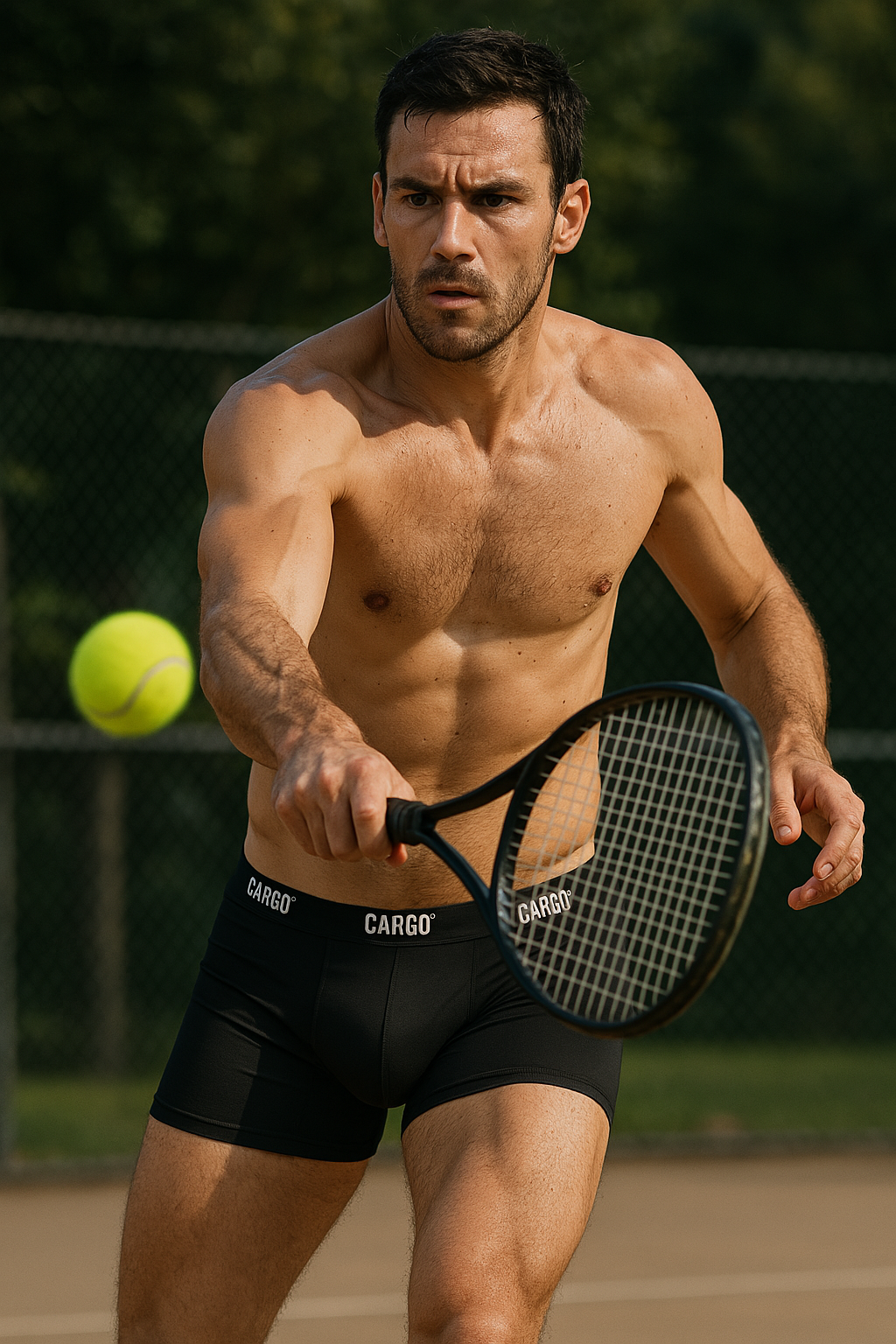the research
The Hidden Costs of Synthetic Comfort
Polyester and other synthetic materials are everywhere—but at what cost? These fibres can trap heat, hold on to moisture, and may carry trace chemicals like PFAS. When placed against highly absorbent skin, especially around sensitive areas, it raises questions worth asking about long-term exposure and overlooked risks.


2 min. read
2 min. read
Walk into any department store or scroll through your average online shop, and you’ll find one thing in common: most underwear is made from synthetic materials. Polyester, nylon, spandex—they dominate the market. They stretch, wick moisture, and promise performance. But what they don’t advertise is the hidden cost your body may be paying every day.
Synthetic fabrics are essentially plastics. They’re derived from petroleum and often chemically treated to achieve their desirable qualities—stain resistance, wrinkle resistance, moisture-wicking, odor control. But behind those benefits are real risks. These treatments can introduce trace levels of harmful substances—things like phthalates, formaldehyde, and most worryingly, PFAS.
PFAS, or per- and polyfluoroalkyl substances, are often called "forever chemicals" because they don’t break down in the body or the environment. According to the Environmental Working Group (EWG) and peer-reviewed studies, PFAS exposure has been linked to endocrine disruption, lowered immune response, liver damage, and reproductive harm. When these chemicals are used in fabrics—especially those worn tightly around absorbent, sensitive areas of the body—they can be absorbed through the skin with long-term exposure.
But chemical additives aren’t the only problem. Synthetic fabrics trap heat and moisture far more than natural fibres. That’s great for insulation, terrible for your health. Moist, warm environments promote bacterial overgrowth, increase the likelihood of chafing and skin irritation, and create microclimates that raise testicular temperature—one of the key factors known to negatively affect sperm quality and testosterone production.
A study published in Toxicology Reports found that prolonged contact between synthetic clothing and skin could act as a low-grade irritant, causing cellular stress. Over time, this kind of chronic exposure doesn’t just impact comfort—it may affect your body’s immune and hormonal systems.
Choosing synthetic underwear isn’t a one-time decision. It’s a repeated exposure. Day after day, hour after hour. And because these materials are usually in direct contact with skin—and often worn for 12+ hours a day—the cumulative impact matters more than most men realise.
The bottom line? Comfort isn’t just about stretch and softness. It’s about breathability, temperature regulation, and long-term safety. Natural materials like bamboo and organic cotton may cost a few dollars more, but they don’t carry the same chemical burden—and your body will thank you for the switch.

